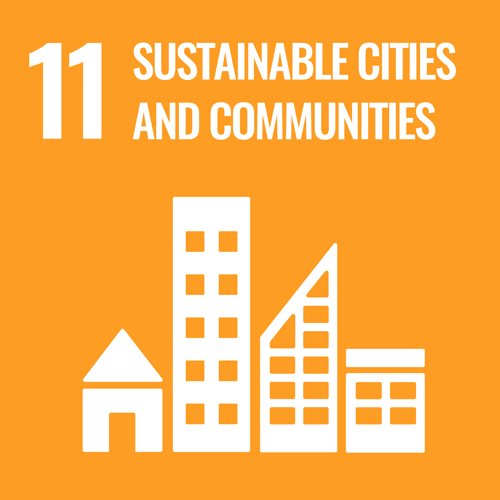The impact of disasters stemming from natural hazards could worsen in the years ahead, with more frequent, intense events devastating people’s lives and livelihoods. Artificial intelligence (AI) has been widely touted as a tool for countries to manage and respond to their growing disaster risks.
Even so, technology-driven solutions must be deployed with human sensitivity. Given the disproportionate impact of storms, earthquakes, and other natural hazards on already vulnerable populations, experts are calling for an open, collaborative approach to the use of AI in disaster management.
Inclusive science
Disasters affected an estimated 4 billion people between 2000 and 2019, with more than 1.2 million lives lost worldwide in 7,348 separate disasters, according to the United Nations Office for Disaster Risk Reduction (UNDRR).
But the impact falls more heavily on low-income countries, which are less equipped to prepare for disasters and respond effectively.
A UN agreement, the Sendai Framework for Disaster Risk Reduction 2015-2030, gives countries concrete options to protect development gains from the risk of disaster.
Amid persistent and severe global inequalities, the use of AI in disaster risk reduction has to demonstrate the principles of ‘open science’, said Shamila Nair-Bedouelle, Assistant Director General for Natural Sciences, United Nations Educational, Scientific and Cultural Organization (UNESCO). This means opening the door to everyone.
“Open science has the potential to make the scientific process more transparent, inclusive and democratic, ensuring that no one is left behind,” Nair-Bedouelle said.
In East Africa, an AI chatbot used natural language processing to help citizens share and access real-time data during an emergency. Along with giving information about how to stay safe, the bot is designed to analyze local perceptions, she added. “This AI chatbot also explores words and processes to identify and capture citizens’ concerns.”
International cooperation will be vital to reduce global disaster risks, agreed the participants at a recent workshop on AI for natural disaster management convened by the International Telecommunication Union (ITU), the World Meteorological Organization (WMO), and UN Environment (UNEP). The same partners support an ITU Focus Group on AI for Natural Disaster Management.
Communities of practice
Processing information in real time is a crucial advantage. This is demonstrated by a hydrometeorological disaster management system designed to enhance disaster resilience in West Africa. The system collects, analyzes and visualizes flood-related images in real time, helping to find and implement solutions rapidly.
In northern Kenya, a machine learning algorithm assesses forage quality from 10,000 satellite images to provide benefits to local communities. The results – matched with data collected on the ground – help to predict forage quality accurately, so that eligible farmers can be furnished with drought insurance or cash grants before disaster strikes.
The United Nations Educational, Scientific and Cultural Organization (UNESCO) is developing an international standard-setting instrument in the form of a UNESCO Recommendation on Open Science, aiming to drive such human-centric AI use.
Given their ability to process huge volumes of data, AI solutions can deliver actionable insights for decision makers, said Andrew Harper, Special Advisor on Climate Action at the UN Refugee Agency, UNHCR. Disasters have displaced more people than conflict in recent years, he added.
Harper endorsed a collaborative and collective approach to AI use, whereby a like-minded community of practice would form to identify priorities and mobilize resources.
A project in Africa’s Sahel region involves a combination of humanitarian, development, peace-building and security agencies. AI findings must be validated by policy experts, as well as verified against the experiences of vulnerable communities, he added. Local observations, for instance, can bolster AI insights on falling crop productivity.
Building trust
Adam Fysh, Coordinator of the Global Risk Analysis and Reporting Section at UNDRR, also underlined the need for coordination to solve problems and develop tools. For Fysh, stakeholders include “governments, companies, people who build a bridge, people who work in hospitals and so on, but also people who suffer the consequences of risks, or of risks realized in the form of disasters.”
Creating an inclusive community involves more than convincing people, he said. “It is about building trust and two-way communication.”
Solutions must integrate the insights of field experts from the start. But at the same time, risk reduction must be broken down into elements that can be tracked by AI.
“Not all tools are going to work for the entirety of disaster risk reduction,” Fysh said. “This is about helping people find actionable insights and solutions.”
ITU Focus Groups are open to all interested parties. The ITU Focus Group on AI for Natural Disaster Management is supported in partnership by ITU, WMO and UNEP. Learn more about its objectives from the video interview below, and sign-up as a participant on the group’s homepage.














